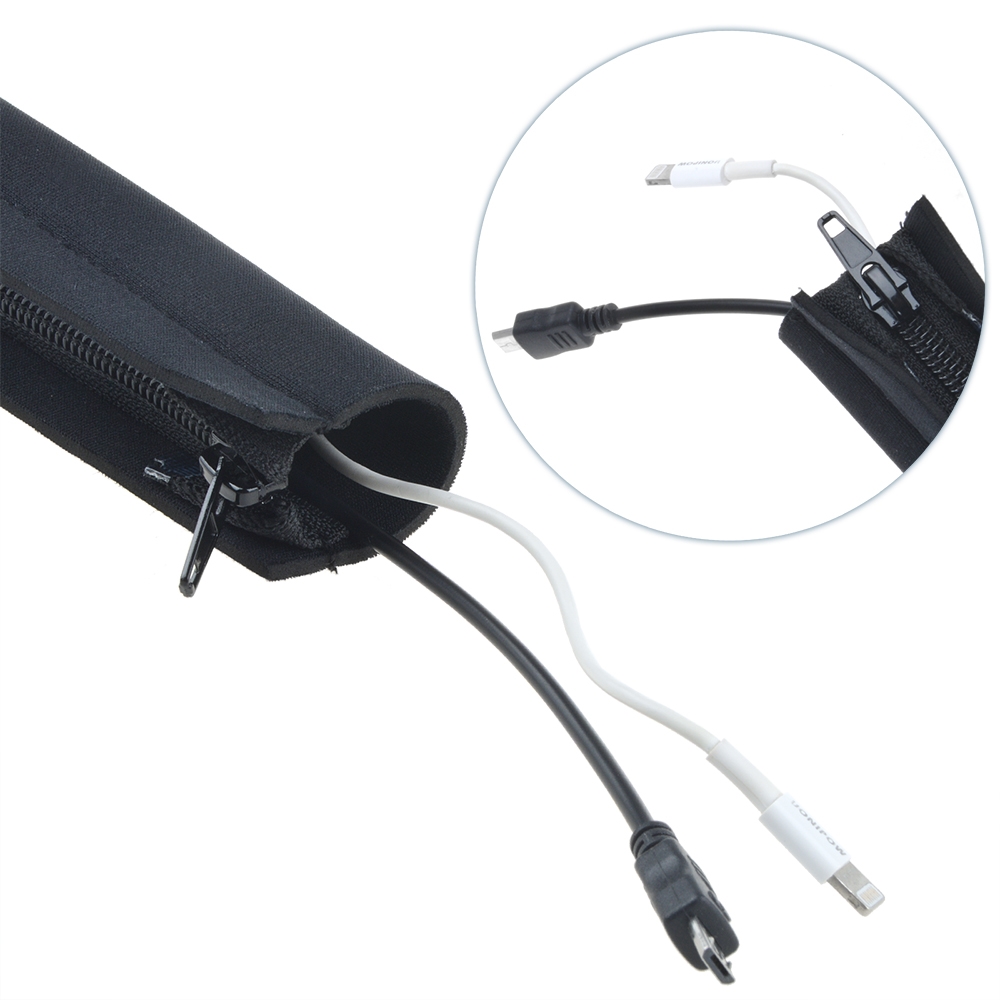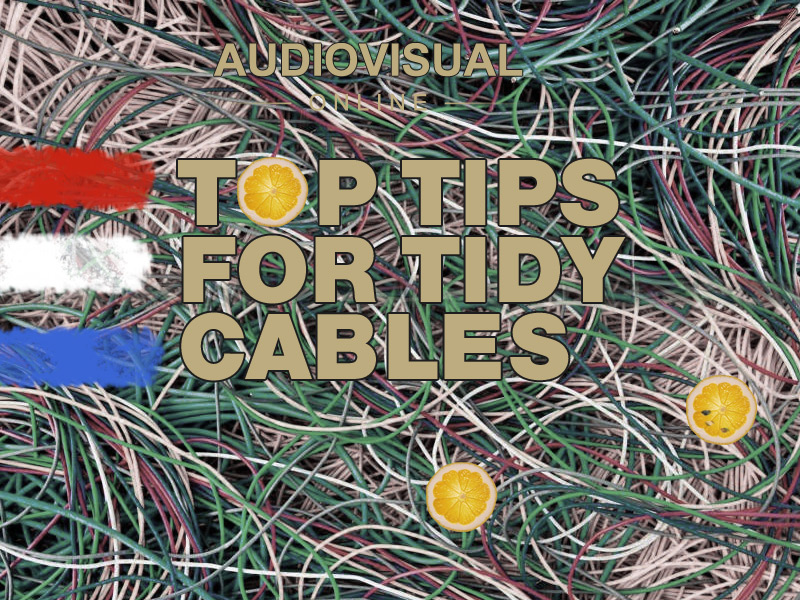Table of Content
Magnets are another option, but only if you aren't keeping the remotes close to the TV; even then, make sure the magnets aren't too strong. I’ve been PCMag’s home entertainment expert for over 10 years, covering both TVs and everything you might want to connect to them. I’ve reviewed more than a thousand different consumer electronics products including headphones, speakers, TVs, and every major game system and VR headset of the last decade. Running your speaker wires through the walls and the ceiling will require more work. However, you can do it by yourself or hire a professional to do it for you. Cable raceways/covers/ducts can be used to hide your speaker wires.

You can also use tacks or adhesive pads to secure bundles to the back of your rack or cabinet. Have more than one cable running to or from your TV, cable box, or receiver? My final cable management tip is to simply take your time. Most of the time, when we get a new piece of AV equipment, we can’t wait to use it.
Cable Management & Concealment – Best Buy
Touch device users, explore by touch or with swipe gestures. We review products independently, but we may earn affiliate commissions from buying links on this page. While you are thinking of eliminating cable clutter, you might want to consider eliminating remote control clutter, too. There's nothing more daunting than a coffee table full of remote controls. If you are trying to make a short cable reach, you can put stress on the connector and possibly cause damage.
Each and every device functions ten surges and also spikes safety outputs, adding in two extensive outputs for massive energy adaptors. Moreover provides 2 x USB slots for charging Handsets and also Tablets. Each of those had at least one computer, multiple monitors, peripherals, amps, a mixing console, a patch bay, and audio speakers. PCM or Pulse Code Modulation is the process by which analog audio signals are represented in digital form for manipulation and storage. Dolby Digital on the other hand is an audio format that...
Home theater cable management (Tips & best practices)
Did you know many cable dealers allow an at-home trial period for the brands they carry? Then you can see if the expensive brands are really worth the money. If you don't hear or see a difference, try to keep your costs down by buying less expensive cables. Wires running to rear speakers should be secured so you won't step on them or trip over them. Be sure to match the shape and the size of the clamp to the cable.

Often, we just throw it in and watch that first movie or listen to that first album. (Yes, I still call them albums. Get over it.) The problem is when you do that over and over again you compound the problem and end up creating a lot of headaches later. Taking your time to properly integrate your equipment when you get it can make all the difference in the world.
Universal Remote Controls
You might have to buy some bits and bobs to rein everything in, but the accessories we mention here are pretty cheap. You will need to cut fitting holes for the grommets, install the grommets then run the cable from the top to the bottom. You can also repaint the cable concealer to match the color of your wall for a seamless blend. This will keep the HDMI cables running smoothly behind your TV in tight spaces. However, you may need to buy wires and cables that are longer than the intended length in case you need to do any modifications to your system.

In an actual listening room, you'd find that some speakers play louder than others when fed the same amount of power. In equal power mode, you'll hear these differences in loudness as they naturally occur between speakers. Running wires under carpeting isn’t recommended — especially in high traffic areas. If the wires are continually stepped on, over time their insulation can get rubbed away. It’s best to run rear channel wires along the baseboard. Crutchfield’s color-codedCableLabels are a great solution.
It replaces all the factory-issued remotes that come with your technology and gives you the convenience of controlling them all with one device. However, not all wireless systems may be compatible with a universal remote control. Manufacturers know this and often provide a list of brand names and models which can be programmed. Remember to bundle power cables and A/V cables separately. That minimizes the chance that electromagnetic interference from power cables will degrade your system’s performance.

Untidy wires can ruin your home theater appearance and even cause accidents. To avoid any of these issues, you should properly manage all your speaker wires, media cables, TV cables, and power cables. There are ways in which you can organize your cabling to better help you identify and isolate your equipment from any interference . One way you can easily organize is to use colored cables.
And all of those devices had power as well as low voltage cabling that formulated a big mess of “goesintas” and “goesoutas” . Cable management was something to be noticed and controlled. Home theater cables can be a mess, but professionals have a variety of solutions to organize them. Cable organization means bundling your cables together whenever possible and running them around carefully guided paths instead of letting them dangle. Cable management accessories enable bundling without the need for tape, string, glue, or other craft supplies that might awkwardly bind everything.

These really are the little “tools” that make the difference between cable spaghetti and cable management bliss. No matter how many wires you're able eliminate from your home theater setup thanks to Bluetooth and Wi-Fi, you're still going to have to deal with at least some cables. And they can easily get messy if you don't manage them properly. Your TV—and everything connected to it—needs power, for instance, and most devices require wires that run back and forth between one another. This can result in a tangled nest of cables behind your TV, in your cabinet, or scattered around your living room.
All this means a lot of home theater speaker wires to contend with. You can buy cable organizational tubing for less than $10 made especially for home theater systems. The tubing will clean up home theater speaker wires and cable clutter behind your home theater system by consolidating it all into one tube. Some products come with numbered stickers to help you ensure proper connection between your technology.
Cable ties are the cheapest and easiest way to keep wires organized. They cinch around multiple wires, turning a potential tangle into an easy-to-manage rope. They can be plastic zip ties or Velcro strips, or if you want to be extra neat you can use entire sleeves for your cable groups. If your home theater components are close together, use these to keep them organized. If you aren't using a sleeve, place a cable tie every foot or so on groups of cables that run near each other.

No comments:
Post a Comment